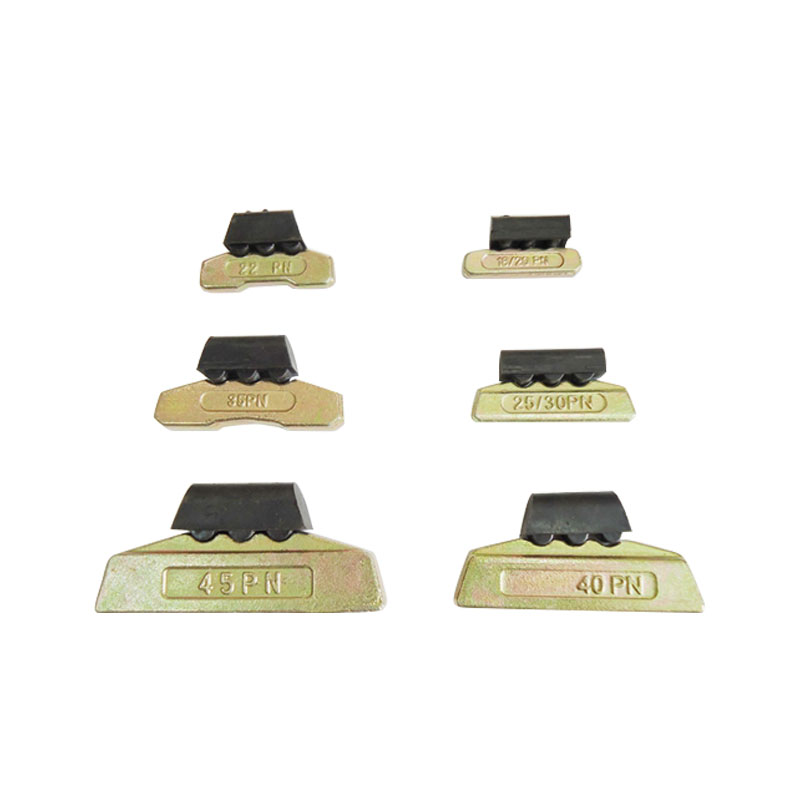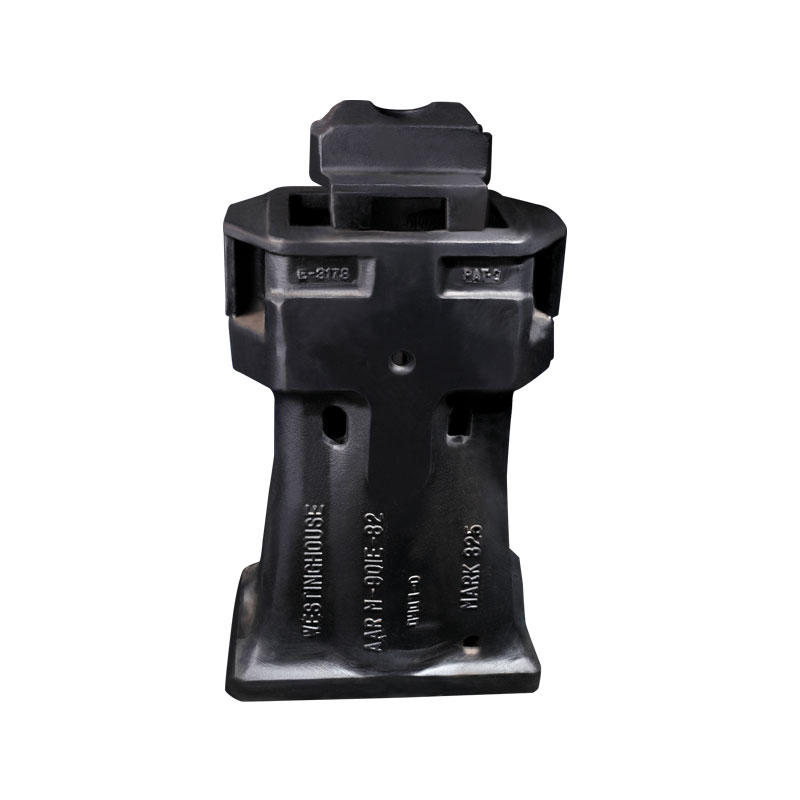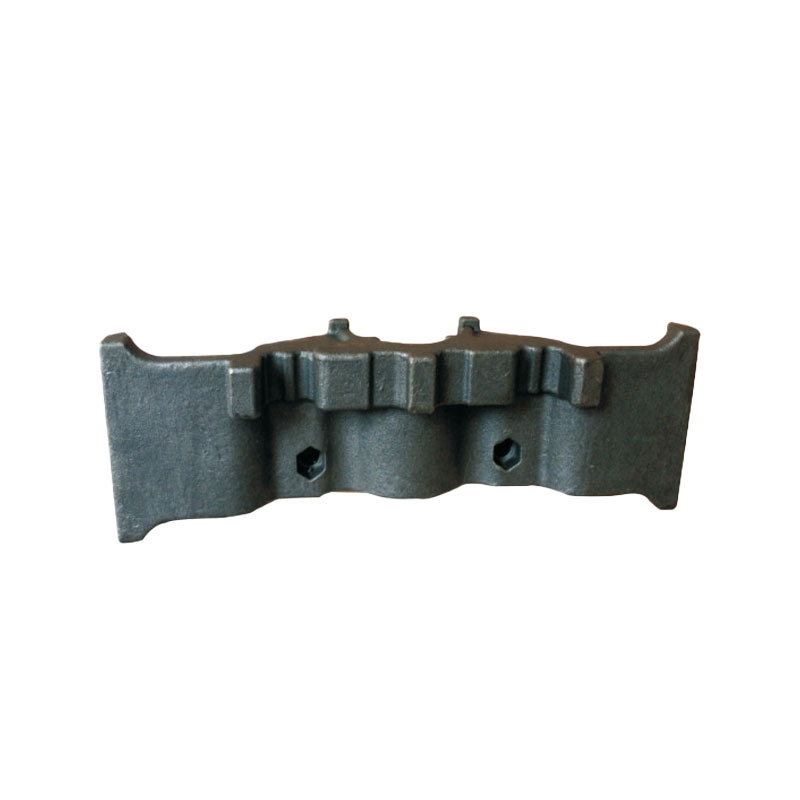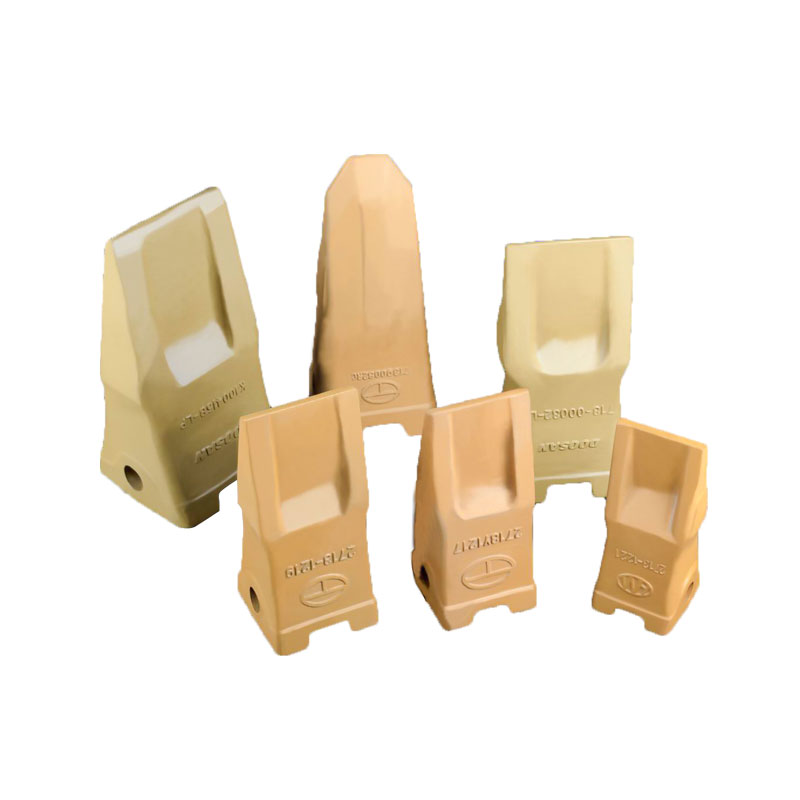Heat treatment is a critical process for improving the […]
Heat treatment is a critical process for improving the mechanical properties of casting steel, such as hardness, toughness, and strength. The specific heat treatment process applied to cast steel can vary depending on the alloy used and the desired properties. Here are some common heat treatment processes for casting steel:
1.Annealing:
Purpose: Annealing is used to relieve internal stresses, improve machinability, and enhance ductility. It involves heating the cast steel to a specific temperature and then slowly cooling it to room temperature.
Process:
Heating: The cast steel is heated to a temperature within its critical range, typically around 1,500 to 1,600°C (2,732 to 2,912°F).
Soaking: The steel is held at this temperature for a specific period to allow for homogenization of the microstructure.
Slow Cooling: The steel is then cooled slowly in the furnace, often by turning off the heat and allowing it to cool at a controlled rate within the furnace.
Result: Annealed steel becomes softer, more ductile, and less brittle.
2.Normalizing:
Purpose: Normalizing is used to improve the uniformity of the microstructure and refine grain size. It also helps to achieve a more consistent hardness and strength.
Process:
Heating: The cast steel is heated to a temperature slightly above its critical range.
Soaking: The steel is held at this temperature for a specific time.
Air Cooling: The steel is then allowed to cool in still air.
Result: Normalized steel has improved mechanical properties and a more uniform microstructure.
3.Quenching and Tempering:
Purpose: Quenching is used to harden the steel, while tempering reduces its brittleness and provides the desired balance between hardness and toughness.
Process:
Quenching: The cast steel is heated to a temperature above its critical range and then rapidly cooled by immersion in a quenching medium, such as oil, water, or air.
Tempering: The quenched steel is then reheated to a lower temperature (below its critical range) and held for a specific time before cooling.
Result: Quenched and tempered steel exhibits high hardness and strength along with improved toughness and ductility.
4.Case Hardening:
Purpose: Case hardening is used to create a hard outer layer (case) on the steel while maintaining a softer core. This is particularly useful for components that require wear resistance on the surface.
Process:
Carburizing: The cast steel is exposed to a carbon-rich environment at an elevated temperature, causing carbon to diffuse into the surface layer.
Quenching: After carburizing, the steel is quenched to harden the surface.
Tempering: The quenched steel may be tempered to achieve the desired hardness and toughness in the case.
Result: Case-hardened steel has a hard, wear-resistant surface layer and a tougher core.
The specific temperatures, holding times, and cooling rates for each heat treatment process depend on the steel alloy and the desired properties. Proper control of these parameters is essential to achieve the intended results. The choice of heat treatment process should align with the requirements of the cast steel component's application.



